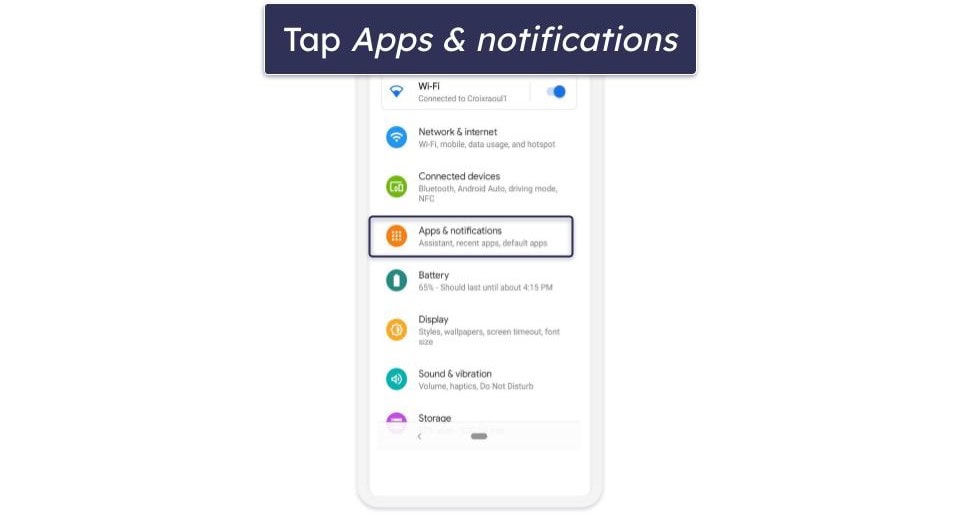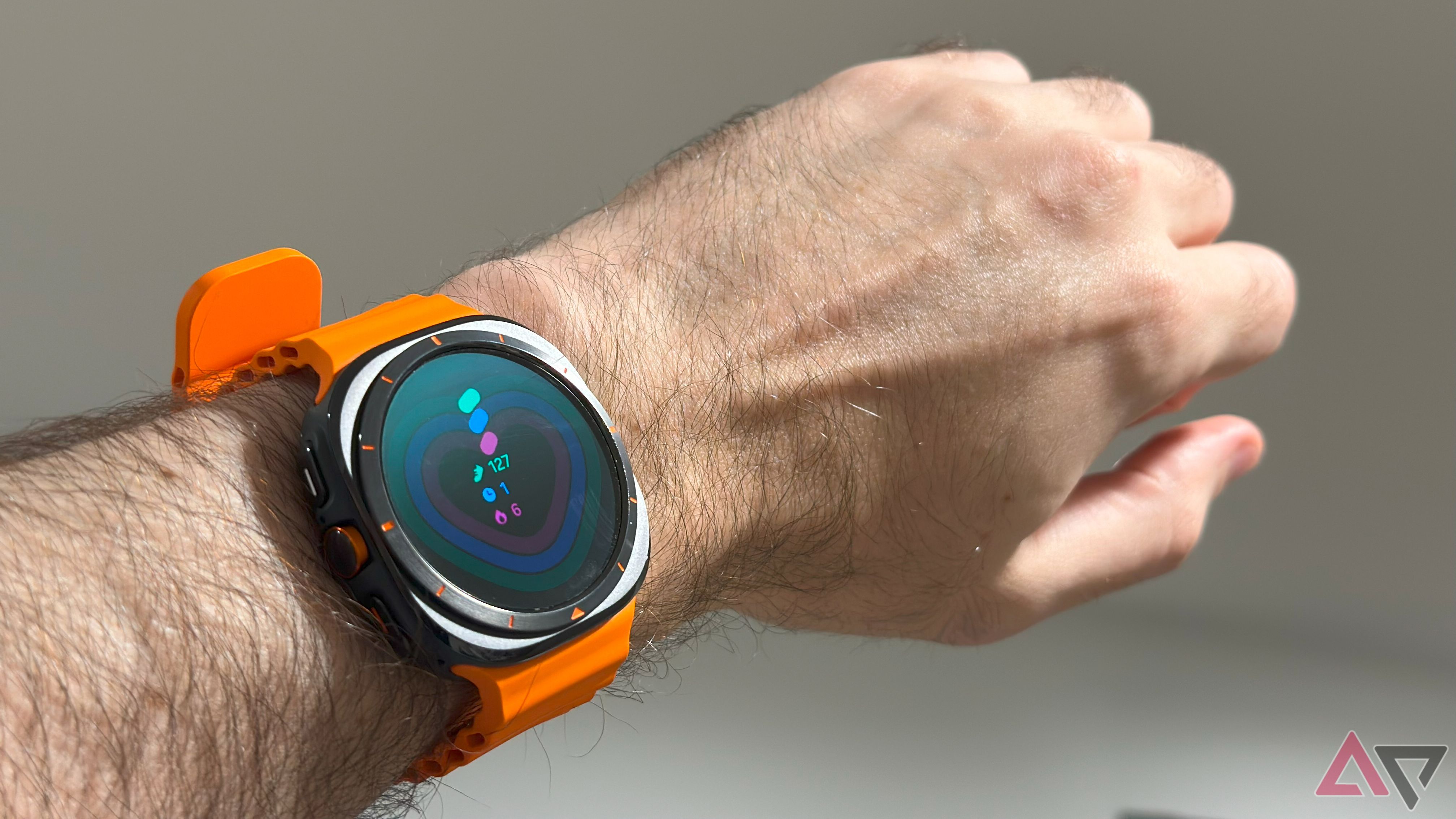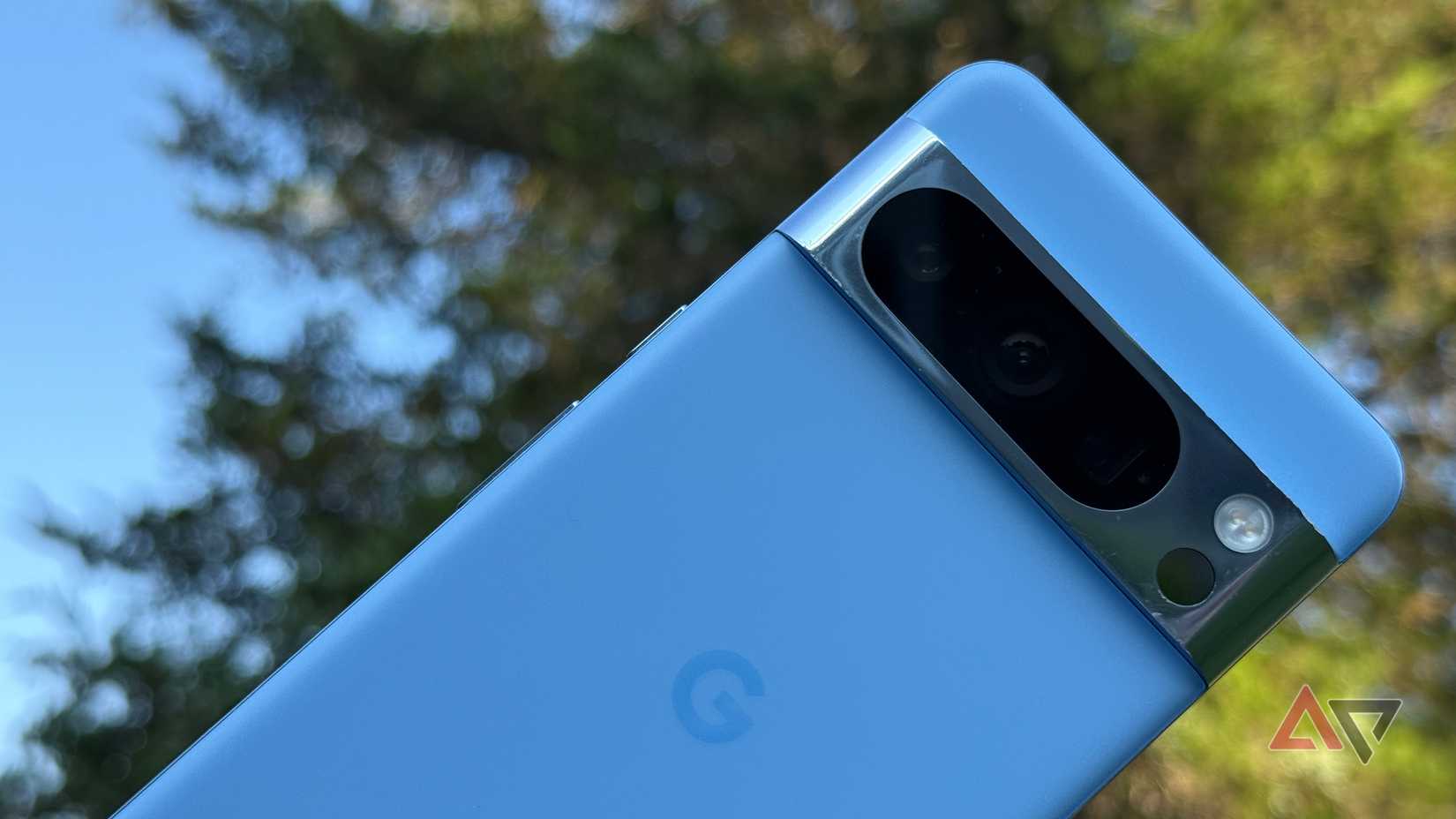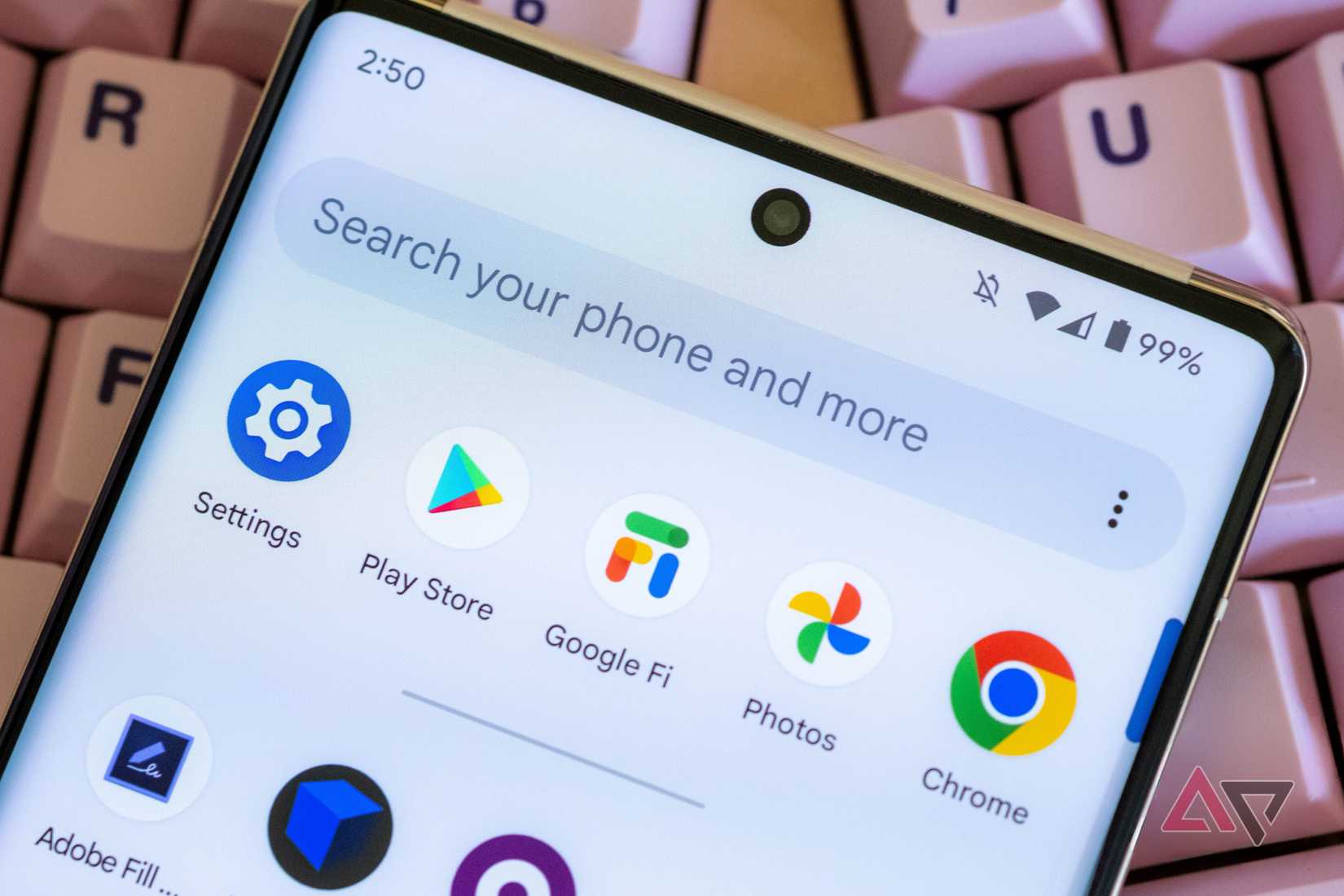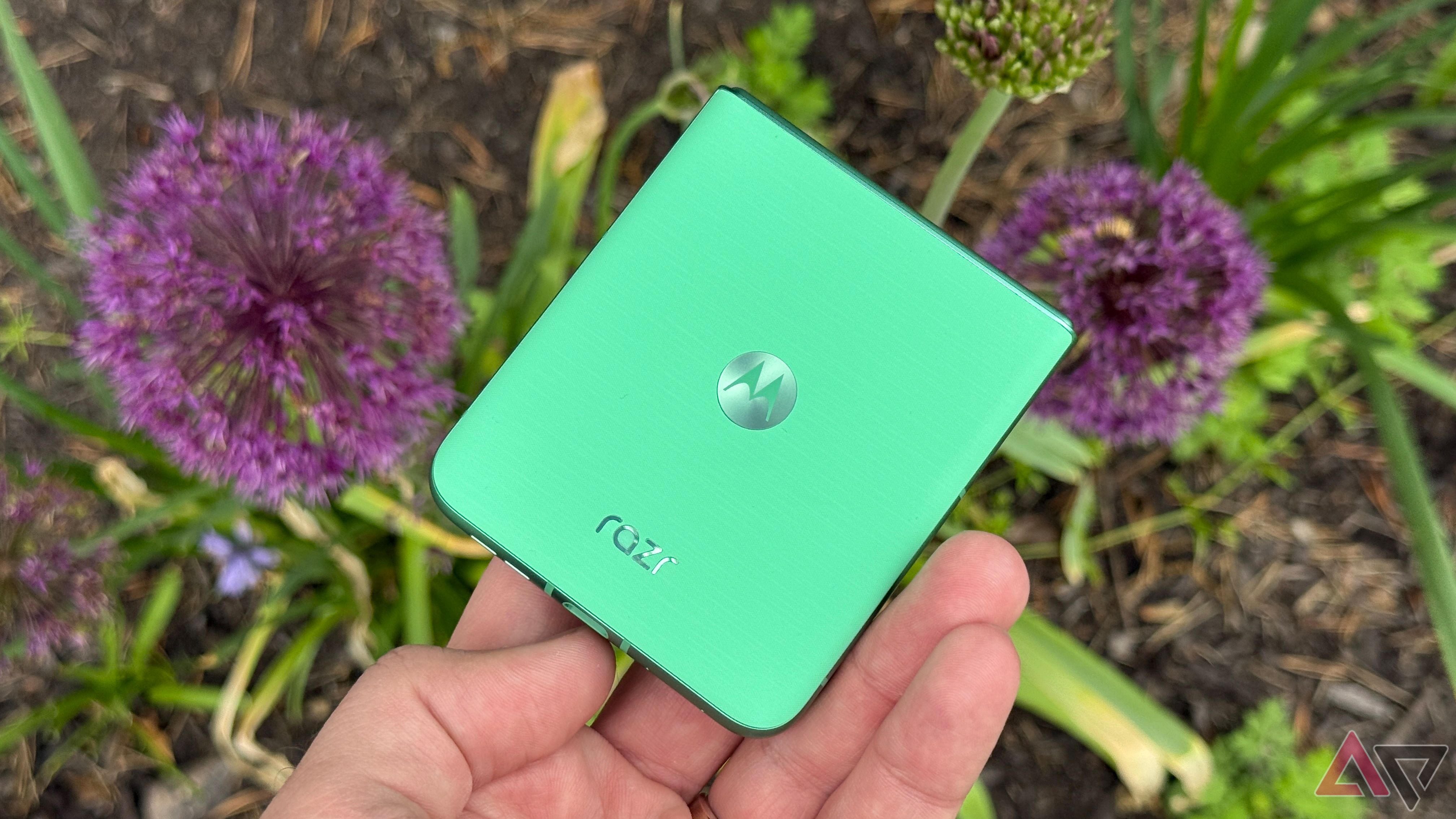It’s only been a little over two years since I bought my Samsung Galaxy S23. Yet, I have been itching to upgrade, even though I usually hold onto smartphones for three or four years. My mom has the same phone as me, and she isn’t typically picky. However, we both feel the same way — unsatisfied with how our phones handle recent updates and frustrated with the overall experience. Our issues are what manufacturers eventually want. They want us to think that our tech is too outdated and that we are sorely in need of a replacement.
Manufacturers plan this on purpose, as seen in our smart devices, which often outlive their usefulness by specifically designing them with limitations. This is known as planned obsolescence. Planned obsolescence is a significant issue for technology, whether you own a handy Android tablet or a smart TV. This is why, even with excellent care-taking practices, we can’t always maintain them long past their virtual expiration dates.
What is planned obsolescence?
This design strategy decides your smart device’s lifepsan
Planned obsolescence is a strategy design or practice. Manufacturers design products that are intended to break or stop functioning after a specified period of time. It’s done deliberately so people like my mom and myself feel incentivized or pressured to get a replacement. That’s why I don’t understand the extensive seven-year promise by Samsung and Google and how it benefits the smartphone lifespan when, in actuality, these phones are designed to be replaced before the seven years are up.
So, how are smartphone manufacturers able to set these virtual expiry dates on our hardware? One example is with repair options. We have limited options for repairing the product ourselves, and often, it requires a specialist to access and replace the parts, which can limit the assistance of third-party repair shops.
We can see this with Apple. Apple offers extensive repair coverage through its AppleCare plans. When your Apple product breaks down, Apple expects you to access authorized locations, such as the Apple Repair Center or a Genius at the Apple Store. You have limited options outside of that, and some are not guaranteed to carry genuine Apple parts. Additionally, taking it to an independent repair shop voids the limited warranty and AppleCare plan. It’s not limited to Apple; this situation is also seen with other major tech companies. By limiting repair options, we are more likely to replace it than to go out of our way to fix it.
But with some phone families, I’ll avoid it altogether. I’ll never buy a foldable. Even if I found the OnePlus Open to be the most impressive among the foldables, I still wouldn’t buy it. Simply because most foldables are expensive, but I also don’t want to deal with damage to the hinge. I could live without the dual-screen gimmick and pay for another premium option instead with (potentially) fewer issues. Any added mechanism placed by the manufacturer will suffer from wear and tear issues, like the rest of the parts, incentivizing you to eventually replace them.
Material and design choices come with trade-offs
Even if you are careful, manufacturers still have a failsafe option — the materials being used to build the device can be more fragile or less durable for long-term use. You may have even heard your parents say, “they don’t make them like how they used to” when it comes to tech. Your parents aren’t entirely wrong. Though, the reasons why are slightly complex. One being that quality is expensive, and more companies face pressure to lower production costs and get the product out as fast as possible, which can lead to quality cuts.
In smartphones, we have seen glass backing. While the material is somewhat more fragile than more rigid plastics, it is still a smart choice. Glass backing is better for heat dissipation and wireless charging compatibility. But it comes with a trade-off, as hard plastics are better at resisting cracking and shattering on impact. Fortunately, we can mitigate this by investing in a high-quality phone case, such as for a Samsung Galaxy S24 Ultra. However, some of the best cases are still designed by third parties (Spigen and Otterbox, for example), not by the manufacturer — the official cases tend to vary in quality and are still quite expensive.
We are replacing tech more frequently anyway
Long-term software support doesn’t seem to matter
As described in Durability of smartphones: A technical analysis of reliability and repairability aspects (published March 1, 2021), trends indicated that people were replacing their smartphones within less than two years of the initial purchase. Comparatively, smart TVs vary in type and brand, with some models lasting between 7 and 10 years, while others report a lifespan of three to four years, particularly for budget models. However, generally, you can keep a smart TV running for at least five years before replacing it, which is longer than the lifespan of smartphones.
Then, outside of hardware, a limiting factor is software support. Nobody wants their experience to be bogged down by outdated software. As mentioned above, for smartphones, Google and Samsung are on board with extensive support — but that doesn’t cover other major manufacturers popular worldwide, such as OnePlus, Xiaomi, Motorola, Vivo, Oppo, and Realme.
Apple has already led the pack in terms of excellent software support for a while, which has evolved since the release of the iPhone 6. Apple’s five-year promise may not seem as long as Google’s and Samsung’s promised seven years, but with the virtual expiry being decided by hardware, (in my opinion) five years seems more realistic.
Handling new software is an underlying issue for hardware
Your device’s hardware may struggle to keep up with the demands of new software. It’s a combination of factors that causes this, one being physical limitations with the hardware, including the CPU, battery (if applicable), and storage.
The other includes software bloat. Software bloat correlates with software becoming more resource-intensive, leading to device slowdowns. Manufacturers may circumvent this issue by introducing device-specific features and specialized firmware. However, this can still lead to feature disparity (as seen with One UI 7, the Galaxy S23 series will not have all the One UI 7 features that the Galaxy S24 and S25 series have), which may prompt people to upgrade so they can also access those same features.
Extending your device’s lifespan
Understanding that your device will eventually face limits is key. You can preserve hardware by choosing to repair and slow down the wear and tear by buying a proper case and selecting a good screen protector (if applicable). However, you also need to know that even if you take care of your hardware, acquiring new software might still slow down your device. Even if that happens, it doesn’t mean your smart device is now obsolete; sometimes it only requires a few tricks and feature opt-outs to continue using it.


